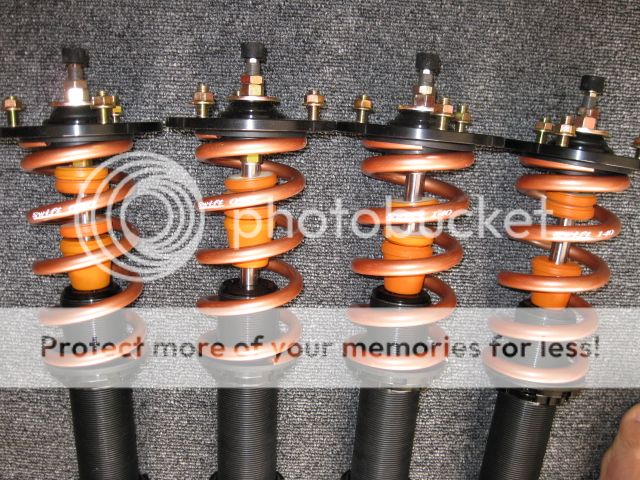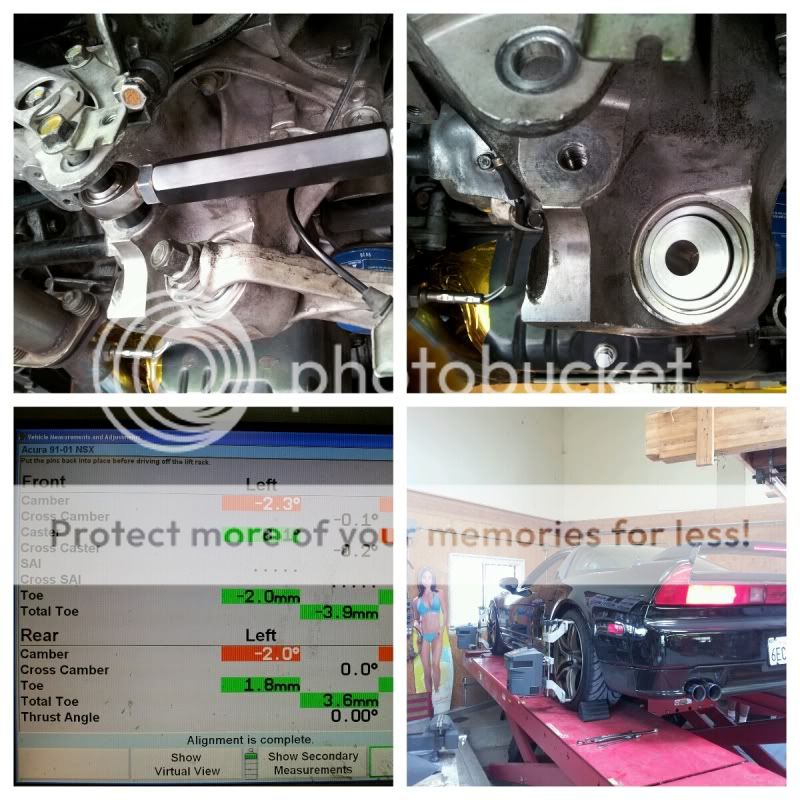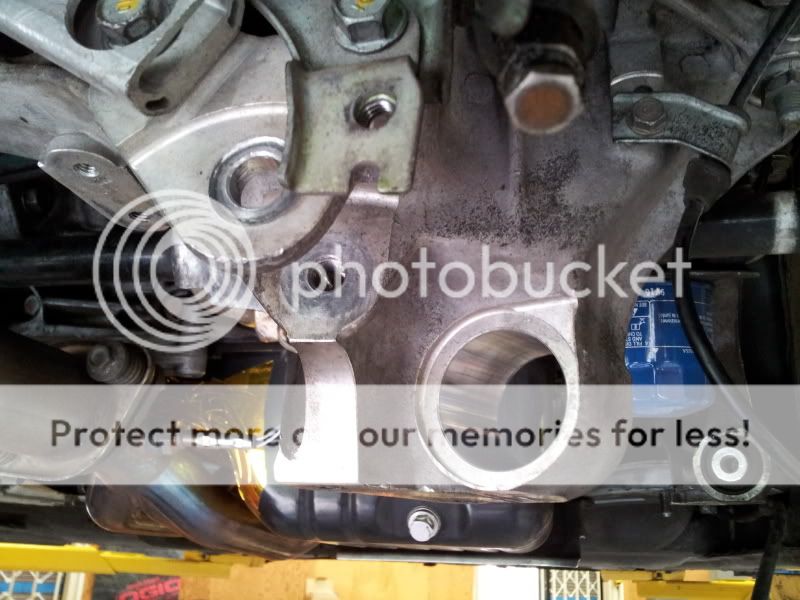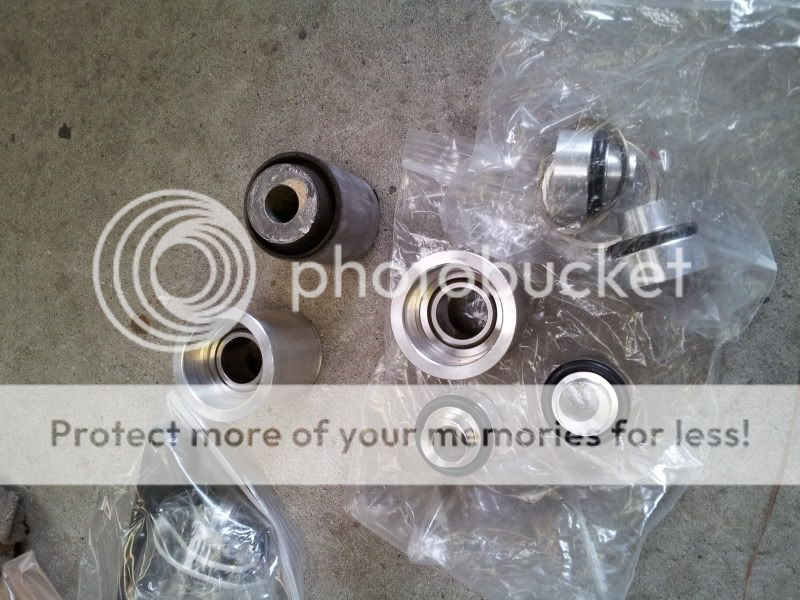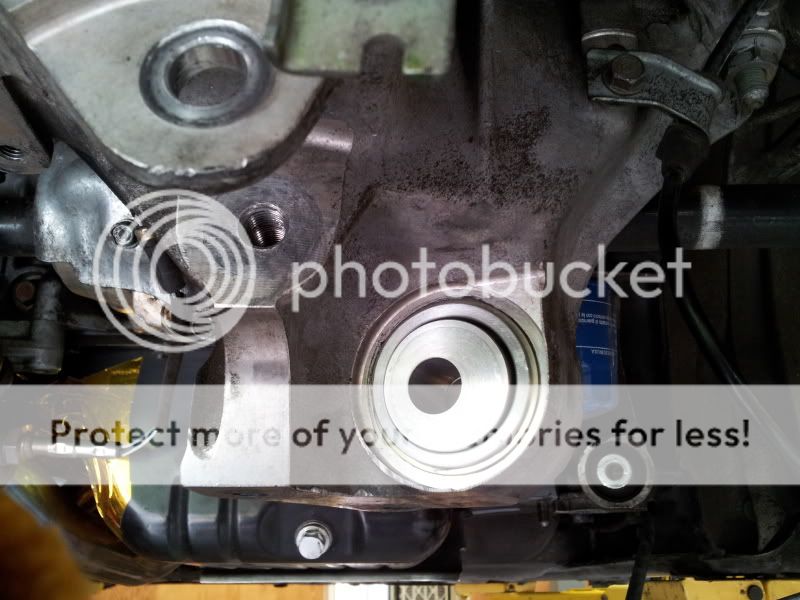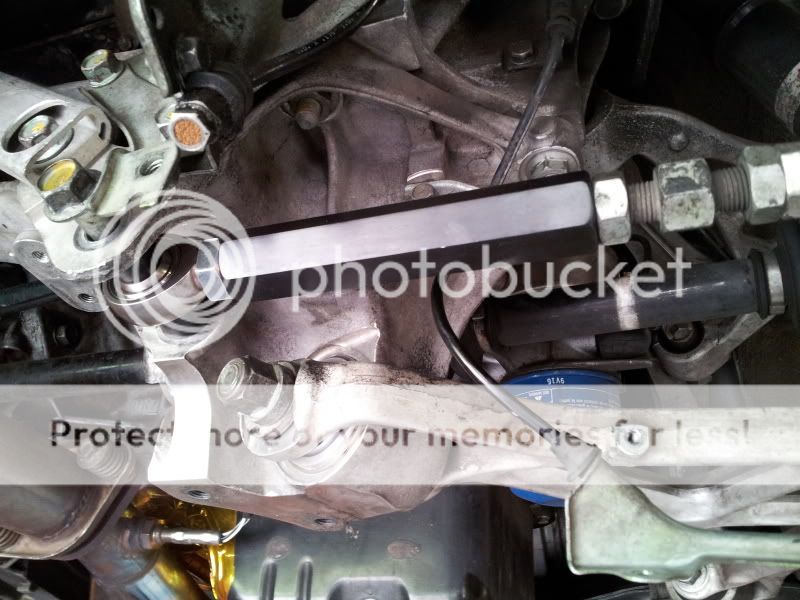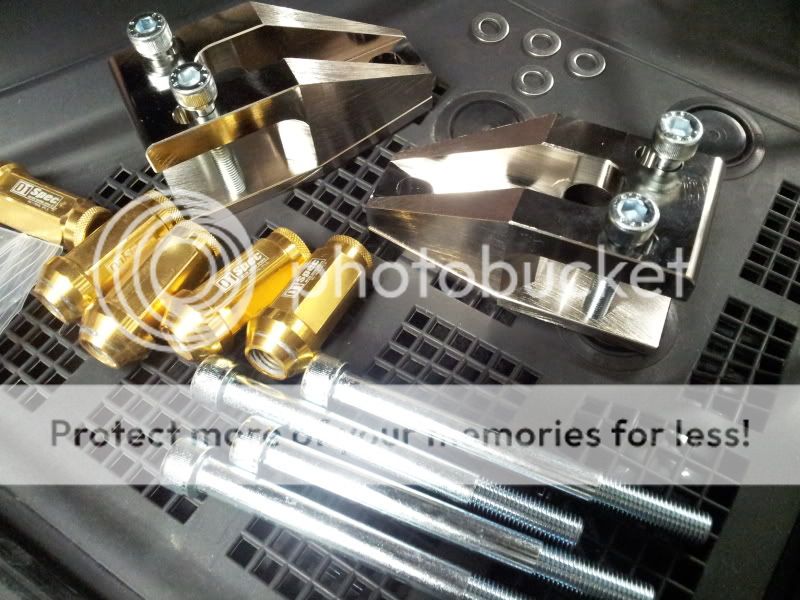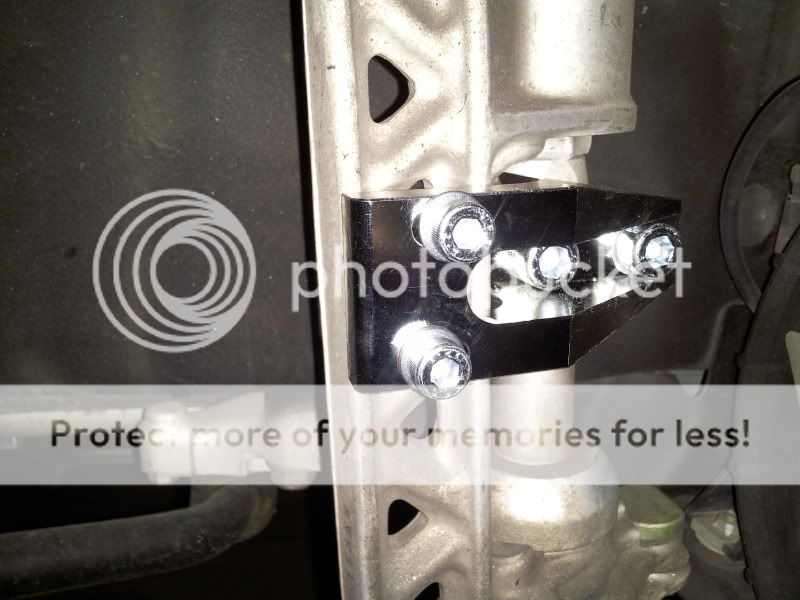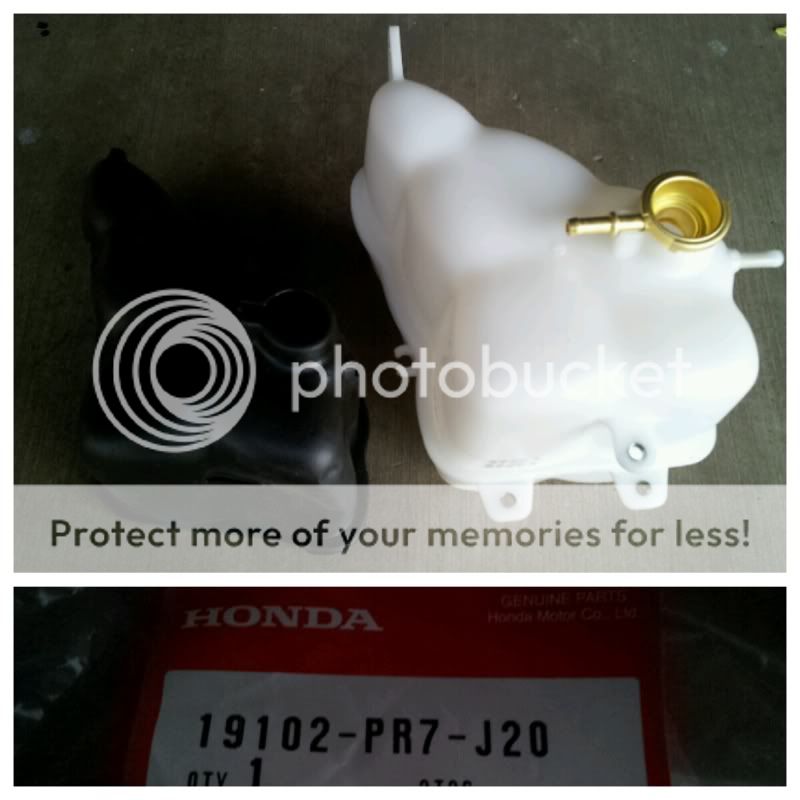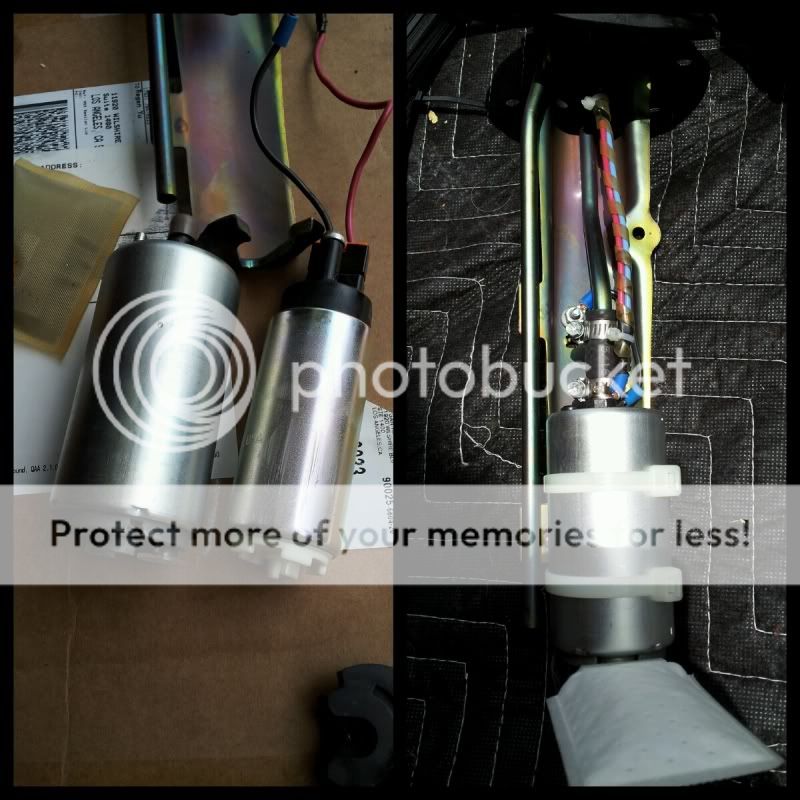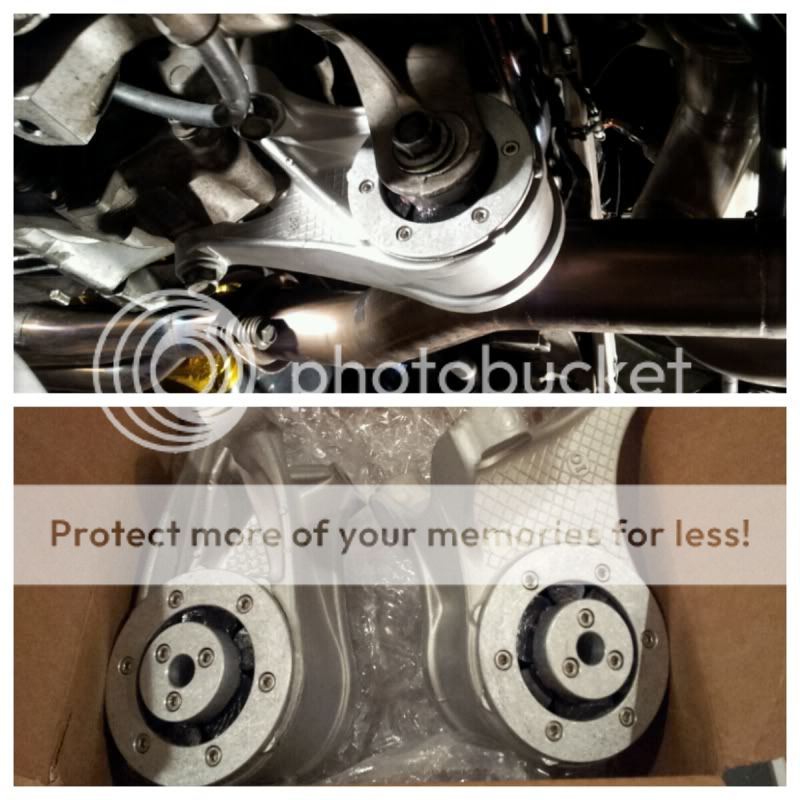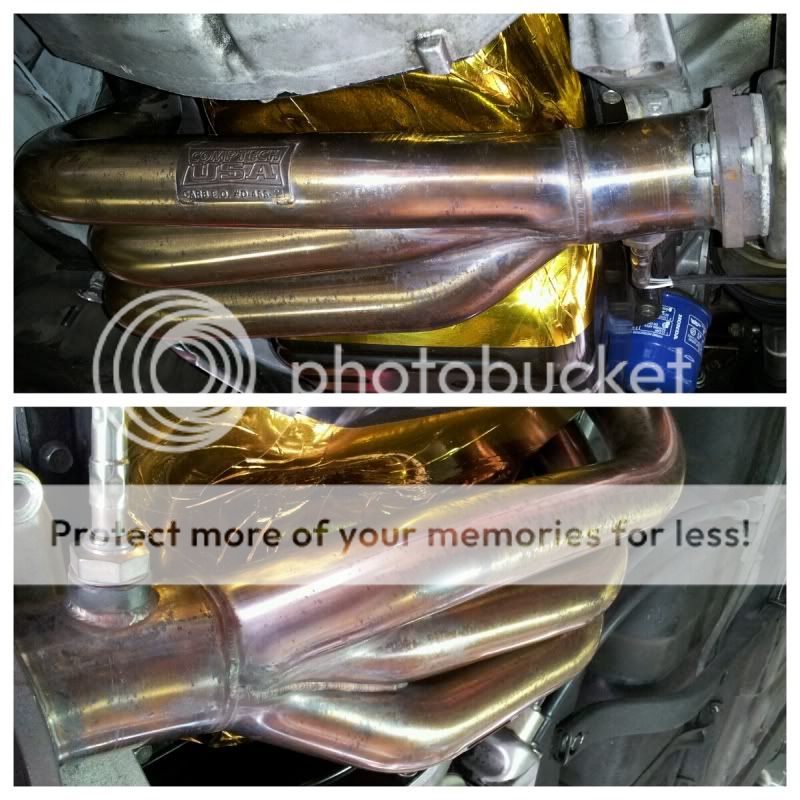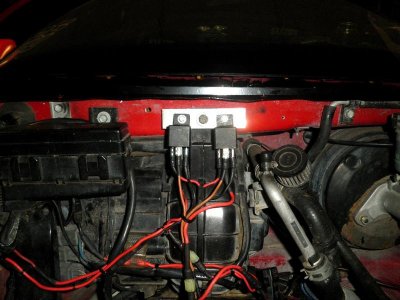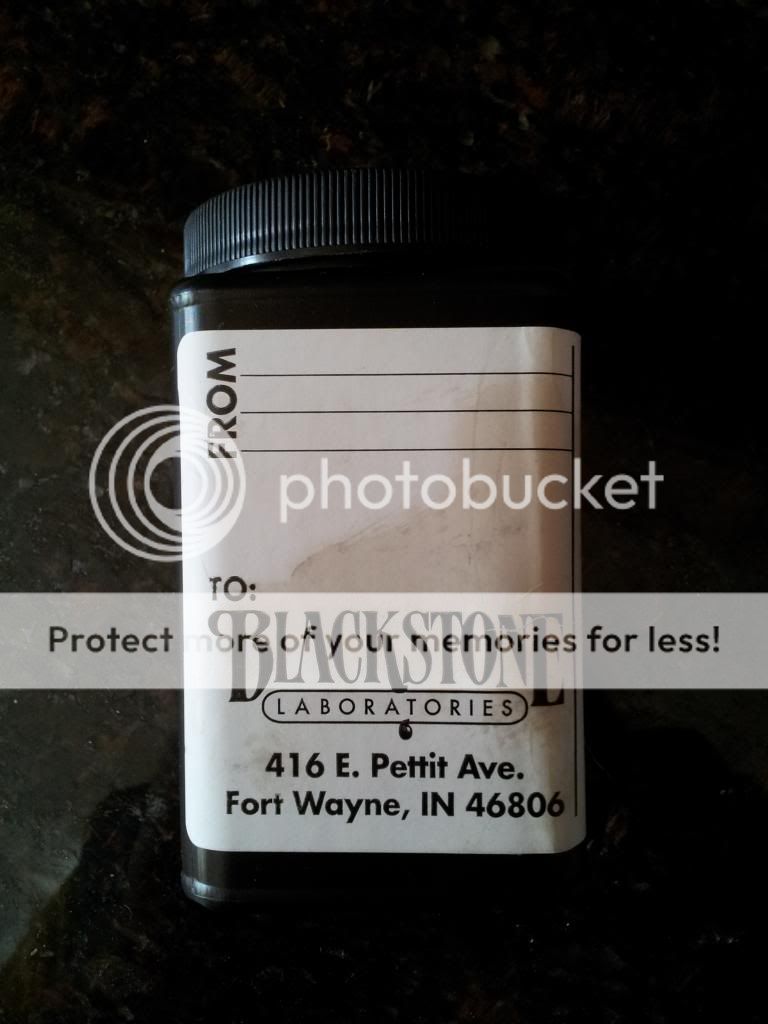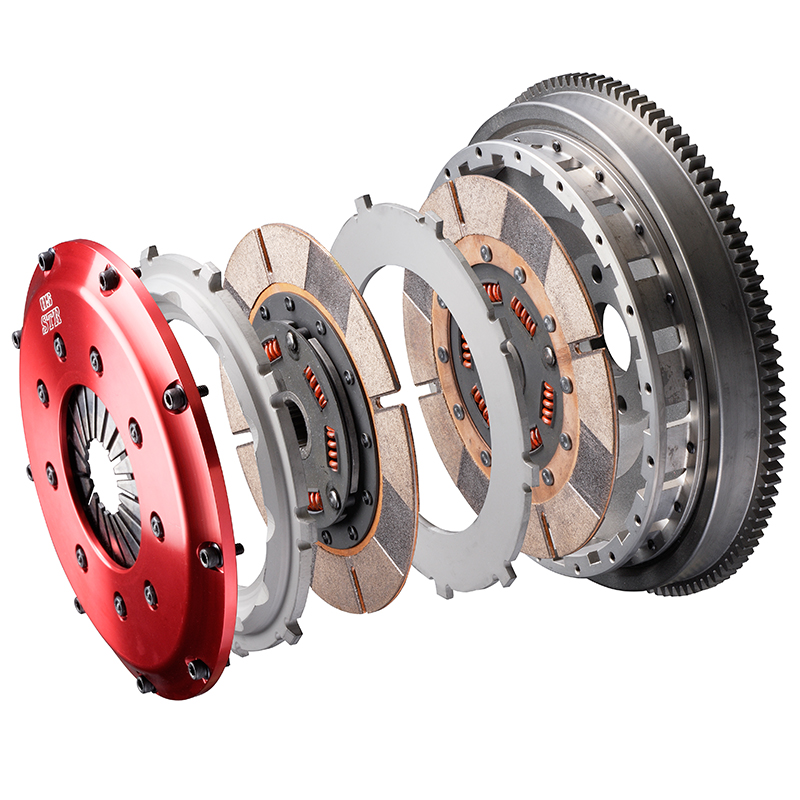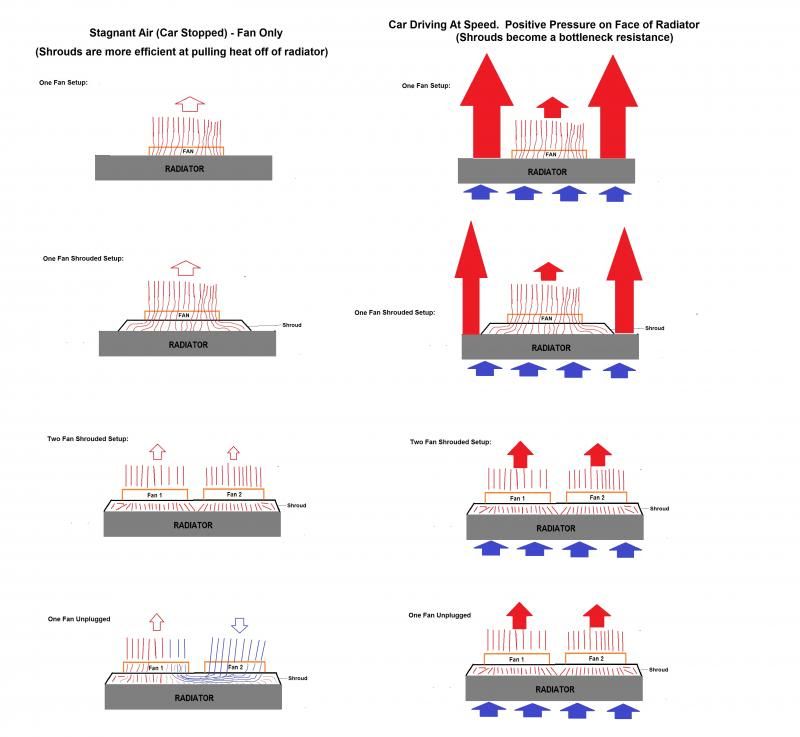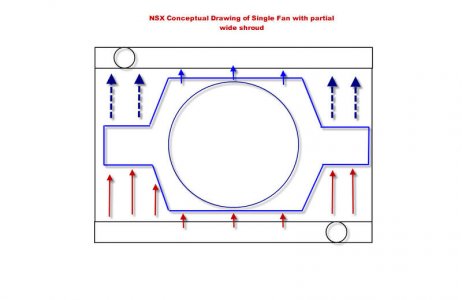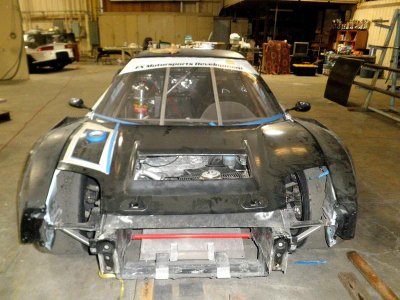I might have drawn it wrong. That's just how the flow that I believe Nick told me. I haven't confirmed but are you sure yourself on the flow? In any event, I think the flow direction is sort of irrelevant.On another note, for the end tanks, I think you drew the diagram wrong for the top/bottom end tank design. I believe all production cars have the hot water go IN the TOP then the cooled water comes OUT of the BOTTOM. Could you elaborate on how the cross flow radiator cools better than the top-down?
- - - Updated - - -
Finally home. Boy, that was a long day at work...
I'll attempt to answer your questions as best I can.
You mentioned the FXMD car is able to sustain cool temps with 1 fan at idle/cooldown. The FXMD car is a 100% a race car with likely lots of ducting and lots of low pressure venting. I don't think it's an appropriate comparison just as when you thought comparing the PWR to the MASiV, in the context of this thread, was not. If you can tell me that the FX car can sit on the 10 fwy, in July, in SoCal, going 0-15mph, with virtually zero air flow, with the A/C on, in bumper to bumper, when it's 109F outside AND it still doesn't overheat with that 1 fan, then i'll explore that setup some more because there's some magic going on there. Please don't forget, i'm trying to test this rad to fulfill all conditions I plan to put my car thru. Driving in heavy traffic is certainly one of them for me...unfortunately
Having said that ^^ Here's my hypothesis. I think the radiator FX is using is a thicker, Alum radiator with a relatively low fin density. The low fin density probably doesn't allow radiator to heatsoak just sitting there at idle. With the MASiV radiator, we had a lot of parameters to address and solve for. This called for a semi-dense fin density and a lot of modification and testing of the fin pitch. Due to it small size, we had to maximize the better heat transfer coefficient of copper, but that requires airflow...at least some air flow. I could be totally wrong here because i'm making a guess at the FX rad. I have no idea what Ken is using. $0.02..
In terms of the direction of coolant flow in an OEM configuration....Not sure why that matters in the context of this discussion but i'm sure it's easy enough to check in the NSX manual. I also can't explain the difference in why the end tank location makes a difference in terms that might make more sense. Maybe ask an engineer who understands fluid flow and pressure variances or thermodymanics or fluid mechanics
I think you're focusing on the details that are far beyond the scope of this thread. The goal was to create a radiator that fits 100% in the stock form factor that supports a high horsepower NSX during track driving conditions and street driving conditions. That was my goal in searching for a radiator for my car. Jim has helped taken that a step further since it works on his car for his driving conditions as well.
Again, we know the radiator setup Jim and I are using will work with 2 fans, no shroud, configuration. We know that in my supercharged NSX, I sustained 77-82C, with peak around 86C when it was 85F ambient at BW all while using the OEM fan and shroud. That's good enough for me, because I know if I ever had a problem with cooling (in low speed, low air flow conditions) I can simply slap on two fans in there or possibly use my modified OEM shroud with the aftermarket fan... in other words, i've got options.
I should try to get you one Billy. When is your car going to be ready to hit the track again?
Last edited:






